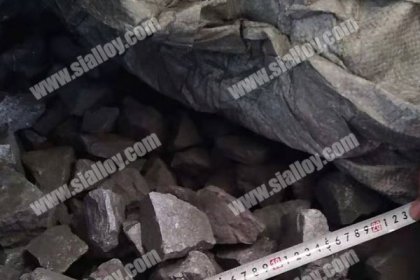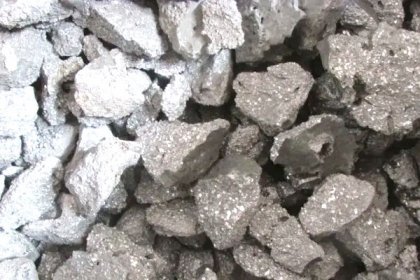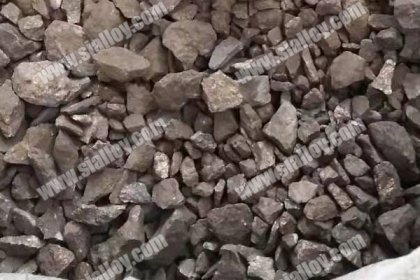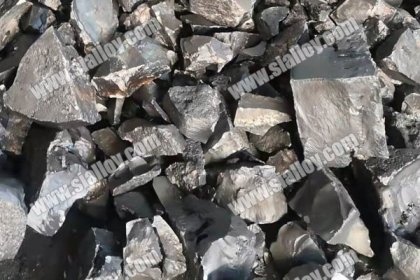lime desulfurizer for steelmaking
Desulfurizer is a material that can generate insoluble or low-soluble sulfide in iron with the sulfur in the molten iron, thereby reducing the sulfur content of the molten iron. Hot metal desulfurizers can be divided into four categories: lime series, calcium carbide series, soda series, and magnesium series. Some other substances, such as the rare earth element cerium, have a strong affinity for sulfur, but have lower desulfurization ability than magnesium and higher cost, so it is not suitable for treating large amounts of molten iron; the mixture of salt and manganese carbonate can also be desulfurized, but it is volatilized during desulfurization. A large amount of brown smoke-like salt vapor and chlorine gas are produced, which seriously pollutes the environment, so it has not been widely used.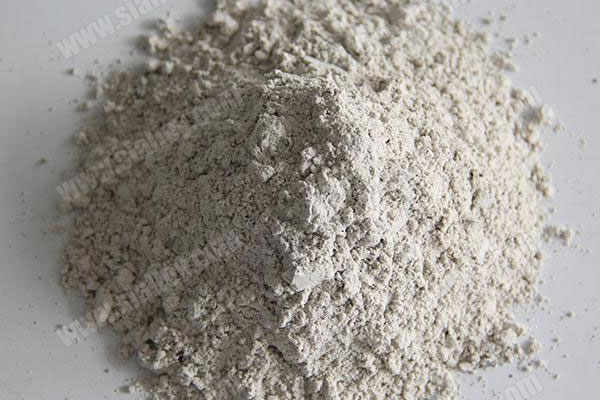
Lime is an effective desulfurizer with a wide range of sources and low price. Including lime, limestone and mixtures with lime as the main component. The main chemical component of lime is CaO, and the CaO content of high-quality lime can be higher than 95%. Lime used for hot metal desulfurization is generally powdered, called lime powder. By the end of the 1980s, there was no uniform technical standard for the powder composition, particle size distribution and performance, but from the perspective of metallurgical reaction and transportation, the lime powder generally used CaO>85%, S<0.15%, H2O<0.5% ; Other impurities such as SiO2, Fe2O3, MgO, etc. are as low as possible to increase the effective CaO content. The water content of lime powder is an important parameter. The lime powder with high water content is easy to stick to the wall of the conveying pipe or block the throat of the powder spraying tank, which affects the normal operation of conveying or desulfurization treatment. The lime powder used for hot metal desulfurization requires about 80% of the particle size of 0.3~1.0mm. The above particle size distribution can also be adjusted appropriately according to specific conditions. Too fine lime particles will affect the conveying performance and increase the loss during desulfurization by injection. Too large particles will reduce the desulfurization rate. In use, it is hoped that the lime powder has high activity. Because lime powder has very strong water absorption, it needs to be processed and stored to prevent moisture, and it needs to be baked before use. In order to improve the desulfurization effect of lime powder, some fluxes such as fluorite, cryolite, etc. are often added to it or mixed with other desulfurizers to form a lime-based desulfurization powder. If a certain amount of strong reducing elements such as aluminum and magnesium are added to the lime powder (such as about 2% of the lime powder), the desulfurization speed and desulfurization rate will be significantly improved. This kind of desulfurizer composed of two or more materials is called composite desulfurizer (or synthetic slag). The main chemical composition of limestone is CaCO3, the decomposition temperature when pco2=0.1MPa is about 896℃, and the decomposition products are CaO and CO2, so it can replace lime as a desulfurizer. Due to the cracking of limestone during thermal decomposition, the limestone particles added to the molten iron form many small and active lime particles, which have good desulfurization ability; at the same time, the released CO2 plays a role in stirring the molten pool, improving mass transfer conditions and accelerating desulfurization. speed. However, CO2 is a weakly oxidizing gas, so limestone is generally equipped with a certain amount of carbon when used as a desulfurizer to ensure a reducing atmosphere during desulfurization. Limestone decomposition is a strong endothermic reaction, so it is rarely used alone.
Using lime or lime-based (series) powder to desulfurize molten iron, the effect is related to factors such as the amount of desulfurization added, the method of desulfurization, the sulfur content of the molten iron, and the temperature of the molten iron. Although lime or lime-based (based) powder desulfurizer has the disadvantages of higher consumption and greater temperature drop during the treatment process, its low price can achieve the same desulfurization effect, and its cost is only about 1/of that of soda. 5 So it is widely used in China. In the late 1980s, Japan gradually used it to replace calcium carbide and soda-based desulfurizers for molten iron desulfurization.
 中文
中文
